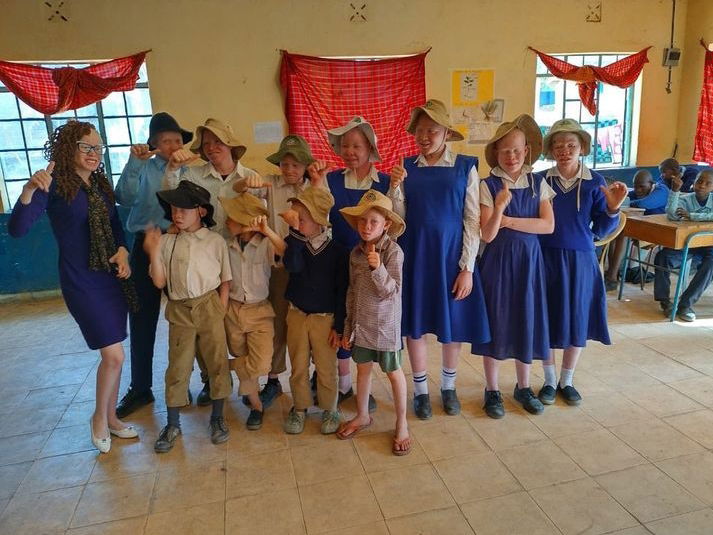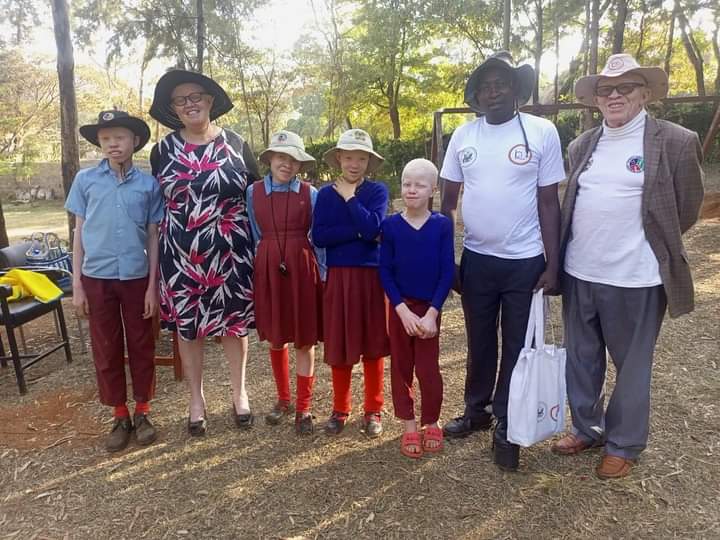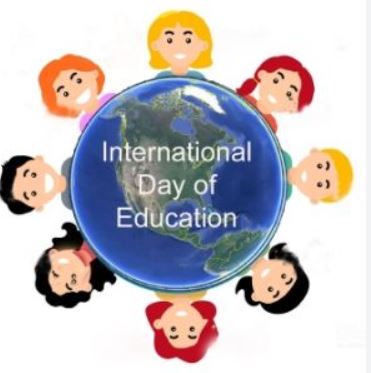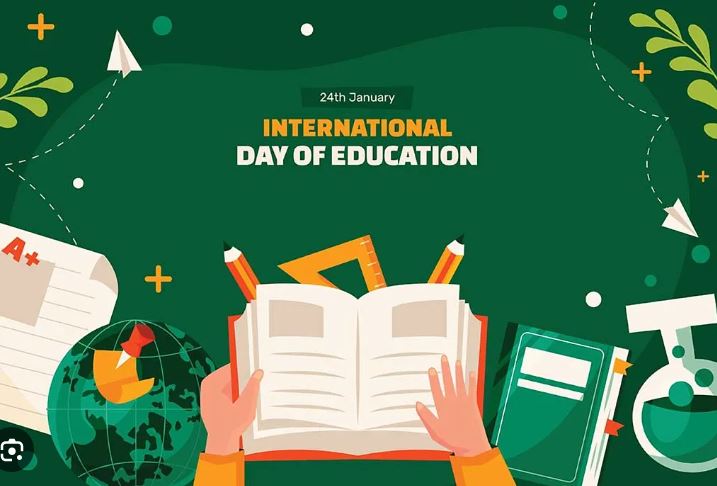Fostering Inclusivity in Education; A Closer Look at Learners with Albinism
As the world comes together to celebrate the International Day of Education, it is crucial to reflect on the pressing need for inclusive education, ensuring that learners with disabilities, like those with albinism, are not left behind. Education stands as a means of fostering inclusivity among learners, breaking down barriers that often hinder the academic pursuits of those facing unique challenges. In this article, we shed light on the specific challenges faced by learners with albinism and advocate for comprehensive solutions that promote equal opportunities in education.
HUDDLES FACED BY LEARNERS WITH ALBINISM
Learners with albinism encounter multifaceted challenges that impede their academic progress and overall well-being. Firstly, a significant number of these learners hail from poverty-stricken households, whereby single parents struggle to provide the necessary resources for their education. In some cases, parents may even abandon their children with albinism, under the misguided belief that they are not biologically related due to the unique physical characteristics that come along with albinism like very light skin, light hair and eyes.

Secondly, most learners with albinism experience low vision problems, making it challenging for them to decipher content presented on black or whiteboards. This obstacle requires them to devise alternative methods to keep pace with the learning process, emphasizing the need for inclusive teaching strategies that cater to diverse visual abilities. Moreover, learners with albinism require protective clothing, especially during outdoor activities such as playtime or physical education (P.E) lessons. The sensitivity of their skin to sunlight necessitates extra precautions, adding an extra layer of complexity to their academic experiences.
Discrimination in schools further compounds the challenges faced by learners with albinism. Both students and teachers may exhibit ignorance or prejudice, subjecting these learners to ridicule due to their light skin, the necessity to wear wide-brimmed hats, and unconventional clothing choices. This discrimination fosters an environment where learners with albinism feel isolated and stigmatized, hindering their educational journey. Additional challenges include the accessibility of the government's national sunscreen program, aimed at protecting the skin of individuals with albinism from the harsh UV rays of the sun. While the program exists, there are still issues with accessibility in certain regions, leaving some learners without adequate protection from the harmful effects of the sun.

Furthermore, the capitation fees allocated by the national government to support learners with disabilities have proven insufficient for some individuals who require additional funds for specialized educational needs. This financial gap highlights the need for comprehensive policies that address the diverse needs of learners with albinism, ensuring that no one is left behind in the pursuit of education.
FOSTERING INCLUSIVITY THROUGH EDUCATION
As we celebrate the International Day of Education, it is imperative to emphasize that education should be inclusive and accessible to all, regardless of abilities or disabilities. Creating an inclusive educational environment requires a multifaceted approach that addresses both systemic and societal challenges. Firstly, awareness and sensitivity training for teachers, students, and school staff are crucial to dispel misconceptions about albinism and eliminate discriminatory behavior. Educational institutions must actively promote a culture of acceptance and respect, fostering an environment where diversity is celebrated rather than ostracized.

Additionally, investing in assistive technologies and inclusive teaching methods can bridge the gap for learners with albinism. Providing materials in various formats, such as large print or audio, ensures that students with visual impairments can fully participate in the learning process. Moreover, schools should prioritize infrastructure modifications like shade areas that accommodate the unique needs of learners with albinism, creating an inclusive learning environment for all. Government initiatives, such as the national sunscreen program, need to be strengthened and made nationally accessible. Ensuring that individuals with albinism have reliable access to protective measures is essential for their overall well-being and academic success.

On this International Day of Education, let us renew our commitment to building an inclusive educational landscape that caters to the diverse needs of learners with disabilities, including those with albinism. Education should be a transformative force that transcends physical and societal barriers, offering equal opportunities to all. By addressing the challenges faced by learners with albinism and implementing comprehensive solutions, we can create a world where education is truly inclusive, empowering every individual to reach their full potential.